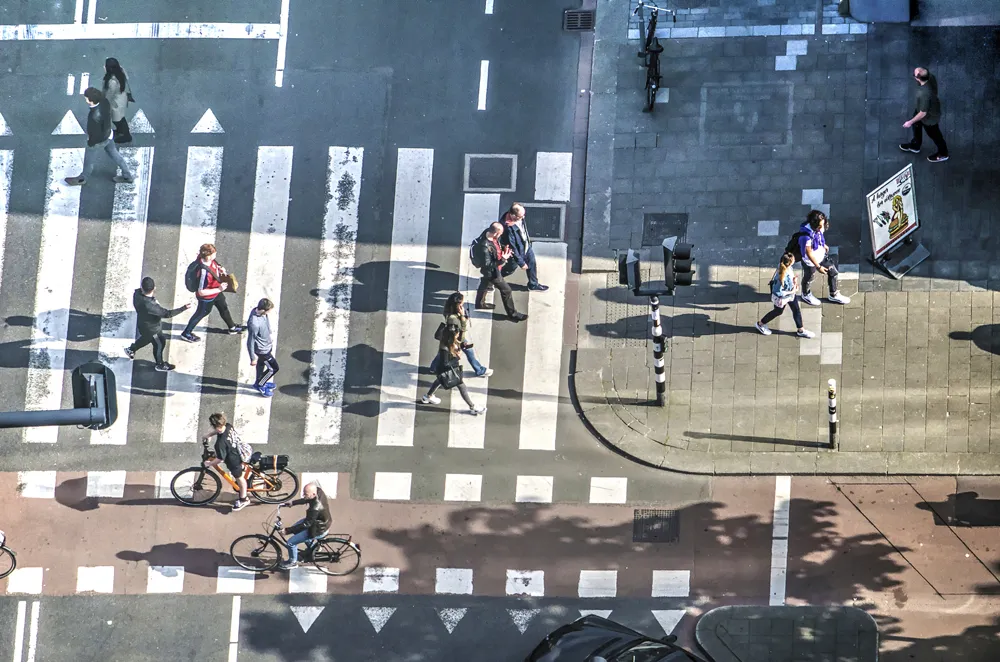Transport for London (TfL), the Metropolitan Police Service (MPS) and City of London Police (CoLP) has stepped up its enforcement of advanced stop lines, more commonly known as ‘bike boxes’, to help further improve safety for cyclists on the capital’s roads. Advanced stop lines are the boxes marked on the road with a bike symbol painted inside, located at many traffic lights. The cyclist has a stop line several feet ahead of the line used by other vehicles in order to give cycles more space so they can be s
August 15, 2013
Read time: 3 mins

Advanced stop lines are the boxes marked on the road with a bike symbol painted inside, located at many traffic lights. The cyclist has a stop line several feet ahead of the line used by other vehicles in order to give cycles more space so they can be seen more easily by other vehicles. However, very significant numbers of drivers are not currently stopping at the rear line.
The Mayor’s cycling commissioner, Andrew Gilligan, said: "It may be that some drivers don’t realise they aren’t allowed over the advanced stop lines, and when the lights are red, those areas quite often have cars and lorries all over them, completely defeating their purpose. Bike boxes are a really important way to keep cyclists and vehicles at a safe distance. They have already saved hundreds of drivers, particularly truck drivers who have blind spots in their cabs, from the anguish of unintentionally harming a cyclist, and of course saved hundreds of cyclists from serious accidents."
Drivers caught crossing the first or second advanced stop lines when the signal is red will be liable for a £60 fixed penalty charge and three points on their licence. The only exception to this rule is if the traffic signal changes from green to amber and drivers cannot safely stop before the first stop line.
In addition to stepping up enforcement on motorists, rogue cyclists are also being targeted. Whilst most cyclists ride responsibly – some do not, and this can anger other road users. Cyclists will be targeted for jumping red lights and issued with a £30 fine if caught doing so.
Andrew Gilligan added “Whilst usually only endangering the rider themselves, bad cycling does annoy and frighten people, and we are going to tackle it. We are increasing the number of officers in our dedicated Met Police Cycle Task Force by more than a quarter. Riding bikes themselves, they will target particular cyclist misbehaviour hotspots.”
The start of the increased enforcement of both drivers and cyclists was supported by a seven-week intensive phase of engagement and education run by the MPS and CoLP.







